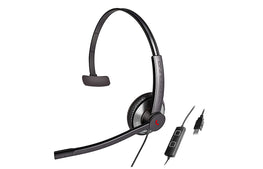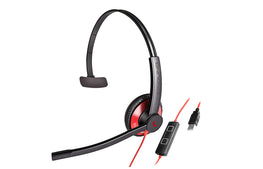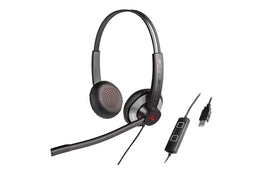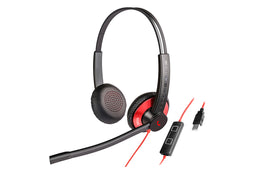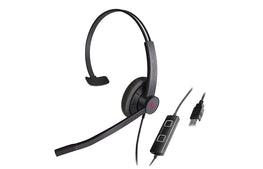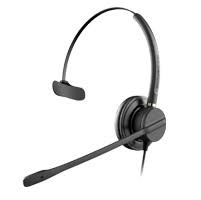
Taking the pain out of medical transcription
In the medical industry, one of the biggest frustrations for staff is creating and maintaining accurate patient documentation. It's no surprise, then, to hear of complaints from both sides of the operating table that shorthand notation doesn't suffice for medical records any longer.
Take one of the standard acronyms, WDL, which – in the case of blood tests or samples – may be read as 'Within Defined Limits', but could accidentally be interpreted as something else, such as well-differentiated liposarcoma or well-differentiated lymphocytic lymphoma – two very different things from an unremarkable blood test.
Combine this potential confusion with doctors, nurses and clinic staff all striving to document patient interactions as quickly and efficiently as possible and the results can be catastrophic.
Voice recognition software – the cure for frustration
One common frustration in a medical practice can be the lack of clear communication. Most of the time, this doesn't have anything to do with the clinical staff other than a lack of time and a genuine need to rely on shorthand and abbreviated terminology to ensure patients are seen on time.
Picture your typical inner-city medical centre. In a standard practice, there may be any number of general practitioners, so for the sake of example, let us say this business has up to 10 individual doctors. While it's beneficial that patients are enrolled and see the same doctor on each visit, sometimes scheduling makes this impossible.
For patients to still receive the same excellent level of care across all medical practitioners, it's imperative that their patient documentation be both thorough and accurate.
By using voice recognition software to maximise the power of dictation over traditional typing, doctors can create a document that is rich in information. The created file isn't just a collection of unclear notes, but instead a narrative document that outlines both the doctor's thought process and the intricacies of the patient's situation.
The end creation is a readable patient history, one that is able to be understood by all levels of staff. In the case of our example inner-city medical centre, patients that are seen by multiple doctors will all receive the same level of care, reducing the frustration of patients and staff alike.
Miscommunication in transfer is a thing of the past
Patients see another benefit in that information can be easily relayed to them. Having access to clear and thorough documentation means that doctors, nurses and any other member of staff accessing patient records will be able to – in clear, understandable language – explain how the patient has been cared for and what will be needed in future to ensure their wellbeing.
If a medical business has multiple centres dispersed around a city, the importance of provider-to-provider information is acutely highlighted. Patients with incomplete or unreadable records experience a delay in their care during the transition from one practice to the other, in some cases requiring an unhealthy amount of time without proper medical care.
If a patient has been undergoing an ongoing treatment for chronic pain or mental illness, denying their medication or, worse, giving the incorrect medication based on confusing documentation is unforgivable.
Voice recognition software presents a solution that is not only up to 99 per cent accurate out of the box, but can be easily implemented into your existing system. Dictation is widely known as being far superior to typing in a number of ways, it can increase your documentation speed by up to three times, and eliminates the potential for spelling mistakes.
Dragon Medical Practice Edition is one of the Dragon Medical offerings we supply at Voice Recognition Australia. CALL 1300 255 900 Today!

